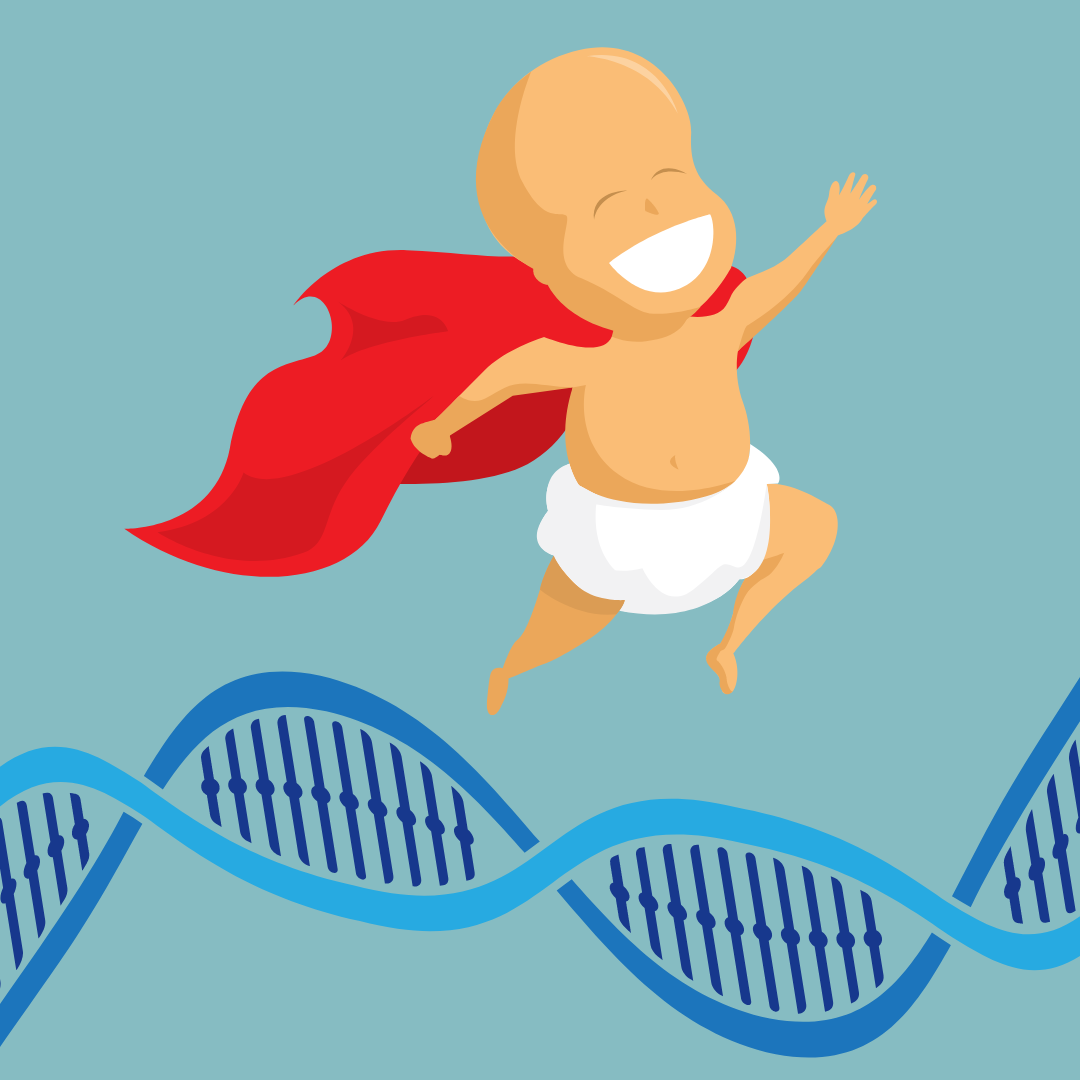Designer Babies Are Teenagers Now—and Some of Them Need Therapy Because of It
By Emi Nietfeld,
Wired
| 12. 11. 2024
FOR YEARS NOW, aspiring parents have been designing their children. Screening embryos for disease-causing genes during IVF, selecting their future baby’s sex, picking egg and sperm donors to influence their child’s traits. Today, a lot of those “designer babies” are full-on kids or teenagers. And some families are discovering that, as hard as you try, things don’t always work out as planned: The kids feel like walking science experiments; the parents are disappointed in how their progeny turned out. Fertility businesses are selling a better chance of domestic bliss, and these families feel cheated. Now controversial new technologies promise parents even more control over their embryos. One US startup, called Orchid, claims its genetic screening can calculate a baby’s risk of autism, bipolar disorder, and hundreds of other health conditions. Another startup wants to help parents pick embryos with the highest predicted IQ. So WIRED spoke to a psychologist based on the West Coast who is already dealing with the fallout.
I WORKED AT an adolescent treatment center. I kept coming across teens who were in distress about the way they...
Related Articles
By Abby McCloskey, The Dallas Morning News | 10.10.2025
We Texans like to do things our way — leave some hide on the fence rather than stay corralled, as goes a line in Wallace O. Chariton’s Texas dictionary This Dog’ll Hunt. Lately, I’ve been wondering what this ethos...
Paula Amato & Shoukhrat Mitalipov
[OHSU News/Christine Torres Hicks]
On September 30th, a team of 21 scientists from Oregon Health & Science University (OHSU) published a significant paper in Nature Communications, with a scientifically accurate but, to many, somewhat abstruse headline:
Induction of experimental cell division to generate cells with reduced chromosome ploidy
The lead authors were Shoukhrat Mitalipov, recently described here as “a push-the-envelope biologist,” and his long-term colleague Paula Amato. (Recall that in July the pair had co-published with...
By Julia Black, MIT Technology Review | 10.16.2025
Consider, if you will, the translucent blob in the eye of a microscope: a human blastocyst, the biological specimen that emerges just five days or so after a fateful encounter between egg and sperm. This bundle of cells, about the size of...
By Lizzy Lawrence, Stat News | 10.14.2025




